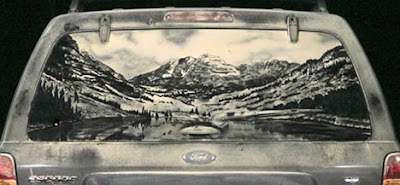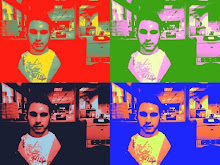Video Game Level Design
Video games, like movies, and books, and other forms of artwork are apreciated because they sometimes bring an audience into a far away world, where the imagination can run wild. Where the senses become overwhelmed with color and vibrance and realism. However, video games somewhat differ in this experience because instead of just watching the action unfold, the audience controls the action right in front of them, with a push of several buttons.

The idea is to combine exploration and functionality with entertainment. For example, the first two pictures show very different settings; consisting of a possibley abandoned artic station to an Earthy romantic tone in the second image, with nature starting to overwhelm the man-made structures. Both are intriguing in their own way, drawing in the audience with a unique sense of wonderment and curiosity, while at the same time knowing they are no the first to step foot there.

This third picture adds a sense of depth to the environment, really provoking the audience and opening their imagination to interpretation of what and where this place is. I know when I was looking at these level designs I started to ask myslef these questions: What is this place? Why is it important? Does it serve a function? And why am I here?
 Car customization has been alive and well since the inception of the automobile. However, more recently, aftermarket car parts have taken off, and many car owners are looking to the almost unlimited amount of options to make their car their own expression. Beginning with the car itself, including it's unique shape and design, is like the pallete for which a driver can begin to apply his or her artwork.
Car customization has been alive and well since the inception of the automobile. However, more recently, aftermarket car parts have taken off, and many car owners are looking to the almost unlimited amount of options to make their car their own expression. Beginning with the car itself, including it's unique shape and design, is like the pallete for which a driver can begin to apply his or her artwork. The first thing somebody notices about a car is it's color. From vibrant oranges to lime greens, the color decides how the rest of the customization will be. For example, the second picture deals with a green car, and a blue vinyl (sticker) on it. This combination looks quite natural because both of the colors are cool colors, and blend together easily.
The first thing somebody notices about a car is it's color. From vibrant oranges to lime greens, the color decides how the rest of the customization will be. For example, the second picture deals with a green car, and a blue vinyl (sticker) on it. This combination looks quite natural because both of the colors are cool colors, and blend together easily.  Some cars have extravagent designs on them, ranging from the actual of the body to the car to even the windows themselves. I really like this design on a Lamborghini, it realy fills out the car; however i thought it was interesting because this is such a fast car, it perplexed me to have such intricate artowrk on something that wont be seen on the road.
Some cars have extravagent designs on them, ranging from the actual of the body to the car to even the windows themselves. I really like this design on a Lamborghini, it realy fills out the car; however i thought it was interesting because this is such a fast car, it perplexed me to have such intricate artowrk on something that wont be seen on the road.



















